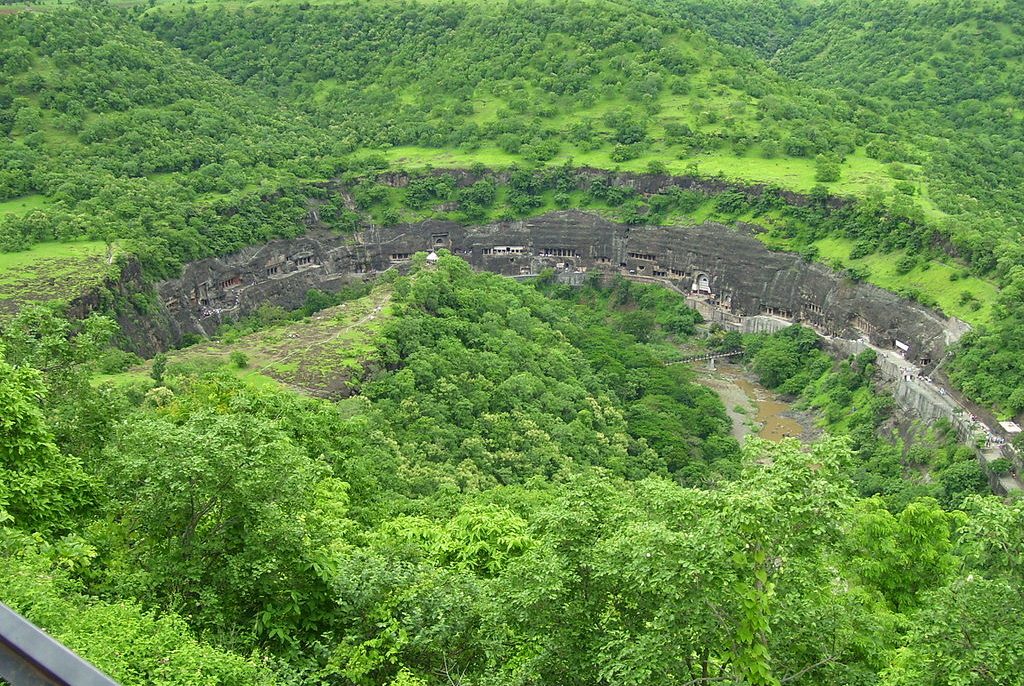The history of Indian murals starts in ancient and early medieval times, from the 2nd century BC to 8th – 10th century AD. There are known more than 20 locations around India containing murals from this period, mainly natural caves and rock-cut chambers. The highest achievements of this time are the caves of Ajanta, Bagh, Sittanavasal, Armamalai Cave (Tamil Nadu), Ravan Chhaya rock shelter, Kailasanatha temple in Ellora Caves
Murals from this period depict mainly religious themes of Buddhist, Jain and Hindu religions. There are though also locations where paintings were made to adorn mundane premises, like the ancient theatre room in Jogimara Cave and possible royal hunting lodge circa 7th-century AD – Ravan Chhaya rock shelter.
The pattern of large scale wall painting which had dominated the scene, witnessed the advent of miniature paintings during the 11th and 12th centuries. This new style figured first in the form of illustrations etched on palm-leaf manuscripts. The contents of these manuscripts included literature on Buddhism and Jainism. In eastern India, the principal centres of artistic and intellectual activities of the Buddhist religion were Nalanda, Odantapuri, Vikramshila and Somarpura situated in the Pala kingdom (Bengal and Bihar).

